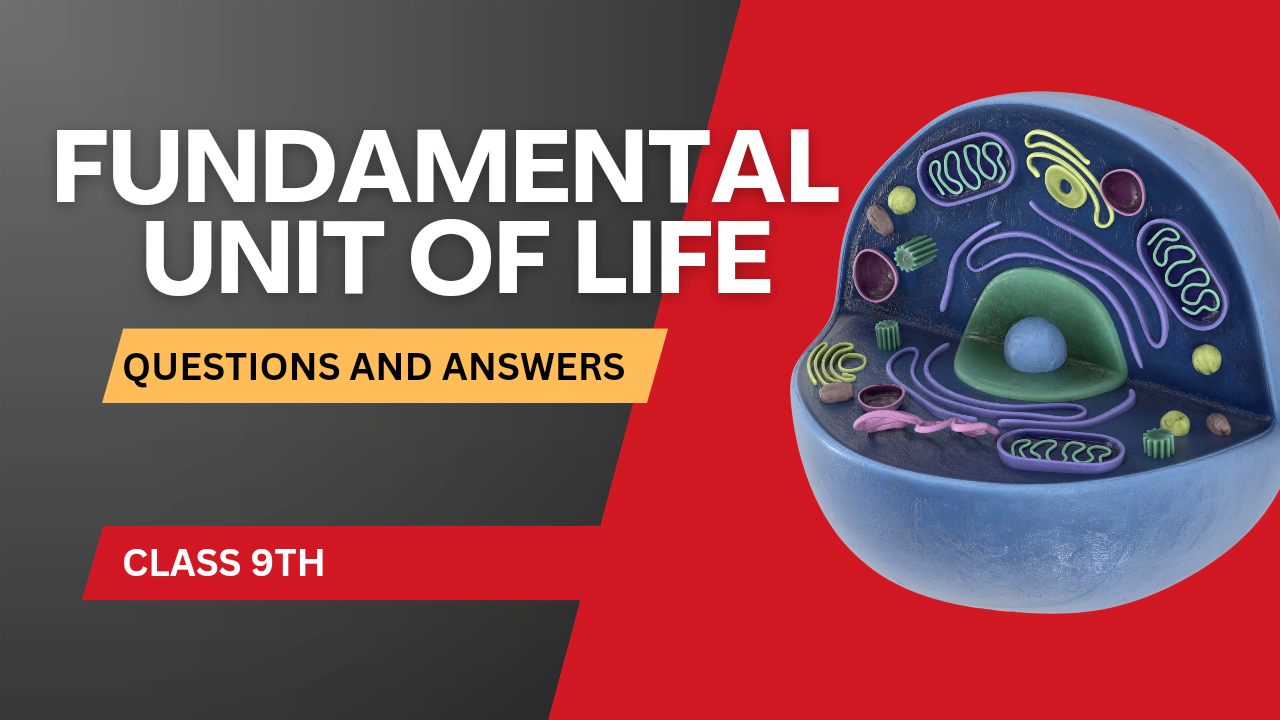Force and Laws of Motion – Notes
1. Force
Definition: Force is a physical quantity that causes or tends to cause a change in the state of rest or motion of an object. It can also change the shape or size of an object.
Types of Force:
- Contact forces (e.g., friction, tension)
- Non-contact forces (e.g., gravitational force, magnetic force)
2. Balanced and Unbalanced Forces
Balanced Forces: When two or more forces acting on an object cancel each other out, they are called balanced forces. Balanced forces do not cause any change in the state of motion of an object.
Unbalanced Forces: When two or more forces acting on an object do not cancel out, resulting in a net force on the object, they are called unbalanced forces. Unbalanced forces cause a change in the state of motion of the object (either motion or shape).
3. First Law of Motion
Definition: The first law of motion, also known as the law of inertia, states that an object will remain at rest or continue to move at a constant velocity unless acted upon by an external unbalanced force.
Example: A book lying on a table will remain at rest unless someone applies a force to move it. Similarly, a ball rolling on the ground will continue to roll unless friction or another force stops it.
4. State of Motion
The state of motion refers to whether an object is at rest or in motion. According to Newton’s first law of motion, an object’s state of motion remains unchanged unless acted upon by an external force. Motion can either be uniform or accelerated.
5. Inertia and Mass
Inertia: Inertia is the property of an object that resists a change in its state of rest or uniform motion. The greater the mass of an object, the greater its inertia.
Mass: Mass is a measure of the amount of matter in an object. It also determines the object’s inertia. The greater the mass, the greater the inertia, and vice versa.
6. Second Law of Motion
Definition: The second law of motion states that the rate of change of momentum of an object is directly proportional to the applied unbalanced force and takes place in the direction of the force.
Example: A heavier object requires more force to move than a lighter object. If you apply the same force to two objects of different masses, the object with less mass will accelerate more.
7. Mathematical Formulation of Second Law of Motion
Formula: The second law of motion can be mathematically expressed as:
F = ma
Where,
F = force applied (in Newtons, N)
m = mass of the object (in kilograms, kg)
a = acceleration produced (in meters per second squared, m/s²)
This equation shows that force is directly proportional to the mass and acceleration of the object.
8. Everyday Examples of the Second Law of Motion
The second law of motion is commonly observed in our daily life:
- Pushing a car: A greater force is needed to push a heavier car than a lighter one.
- Throwing a ball: The harder you throw a ball, the faster it accelerates.
9. Third Law of Motion
Definition: The third law of motion states that for every action, there is an equal and opposite reaction.
Example: When you jump off a boat, the boat moves backward with a force equal and opposite to the force you apply to push yourself forward.
10. Law of Conservation of Momentum
Definition: The law of conservation of momentum states that the total momentum of an isolated system remains constant if no external force is applied.
Mathematical Expression:
Consider two objects of masses \(m_1\) and \(m_2\), moving with initial velocities \(u_1\) and \(u_2\). After a collision, their velocities change to \(v_1\) and \(v_2\), respectively. According to the law of conservation of momentum:
\(m_1 u_1 + m_2 u_2 = m_1 v_1 + m_2 v_2\)
Examples:
- Recoil of a gun: When a bullet is fired, the gun moves backward due to the conservation of momentum.
- Rocket propulsion: The expulsion of gases downward propels the rocket upward due to conservation of momentum.



